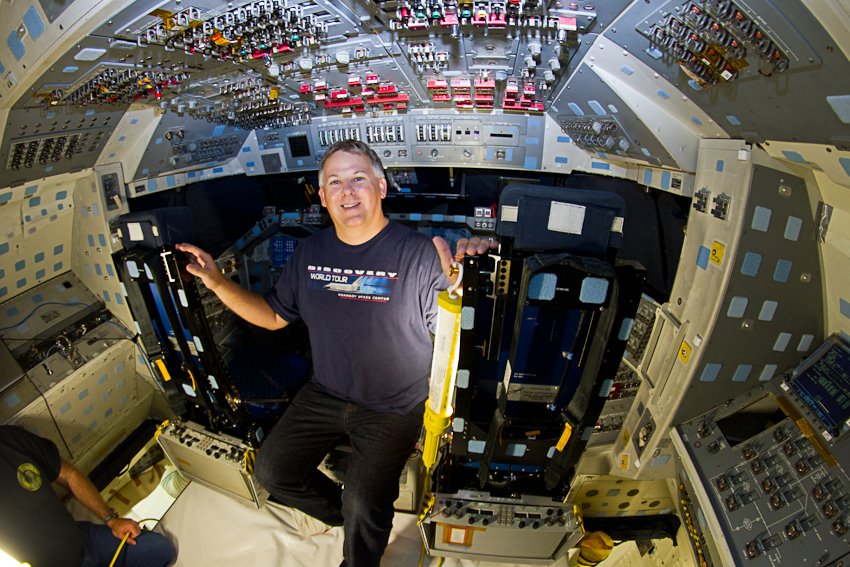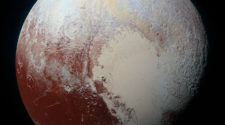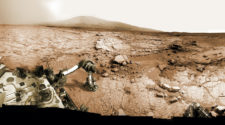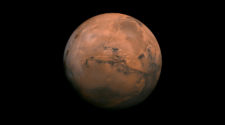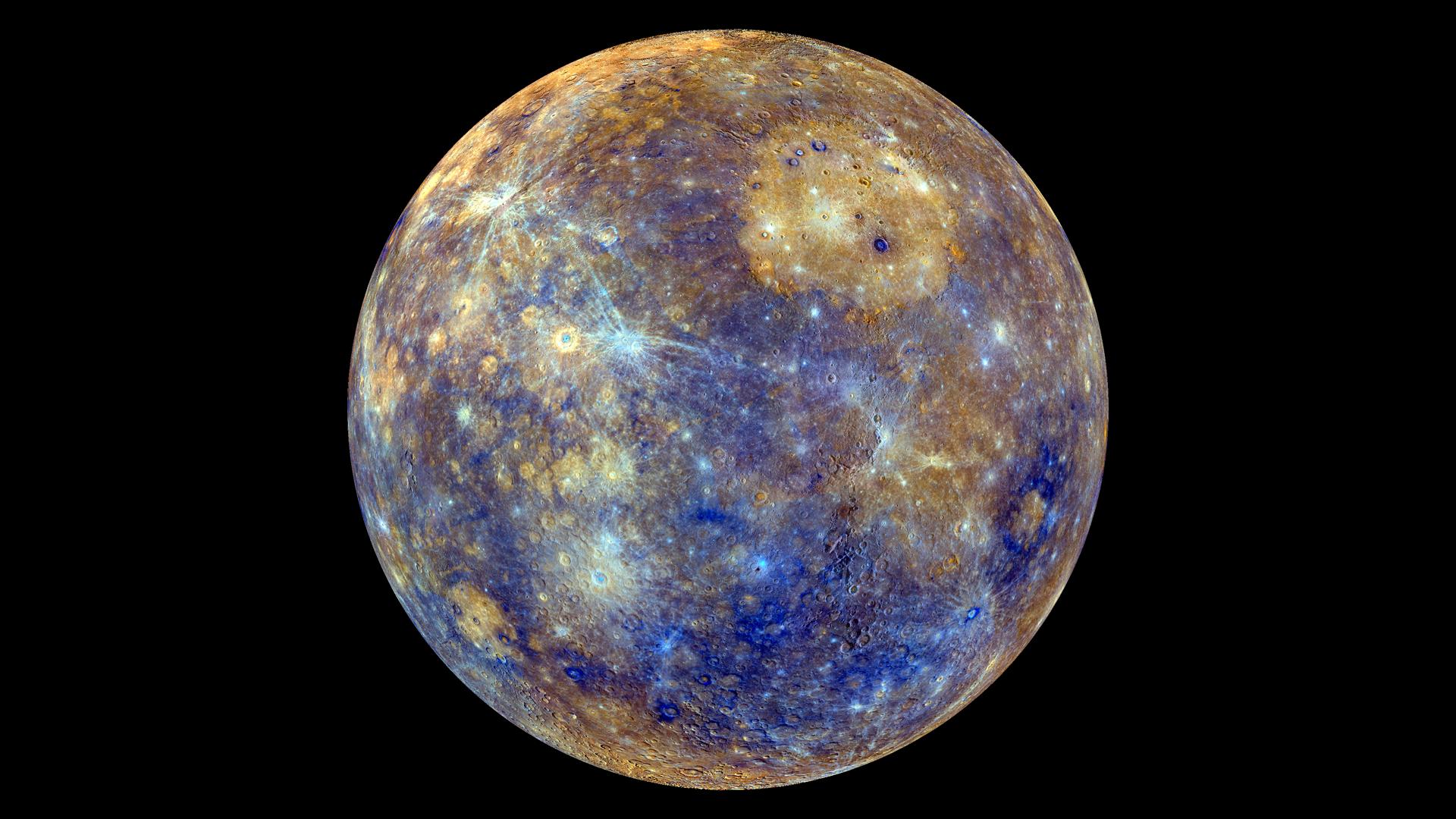
The planet Mercury is the first featured topic in our new QuizMe series of educational content. Put your knowledge to the test with these 10 questions about the planet.
If you would like to brush up on your knowledge about the planet before taking the quiz, we suggest reading this article.
Results
%26nbsp%3B%0A%0ACongratulations%20on%20being%20an%20expert%20about%20Mercury!%20Keep%20learning%20and%20maybe%20someday%20you%5C’ll%20be%20out%20there%20in%20your%20own%20spacesuit%20exploring%20the%20solar%20system.
%26nbsp%3B%0A%0AYou%5C’ve%20still%20got%20some%20more%20studying%20to%20do%20before%20you%20are%20ready%20to%20blast%20off%20toward%20the%20outer%20planets%20of%20the%20solar%20system.%20We%20have%20faith%20though%20that%20if%20you%20keep%20learning%20you%20will%20make%20it%20into%20orbit%20one%20day.
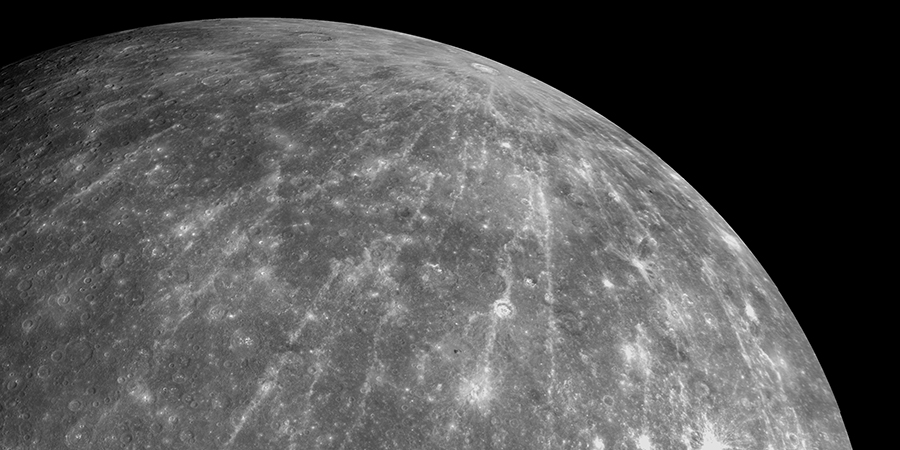
#1. Which planet is Mercury in relation to the Sun?
Mercury is the closest planet to the Sun with an average orbital distance of 57,909,227 km (35,983,125 miles). Venus is the second closest, followed by Earth. Neptune is the farthest planet from the Sun ever since Pluto was demoted to dwarf planet status in 2006.
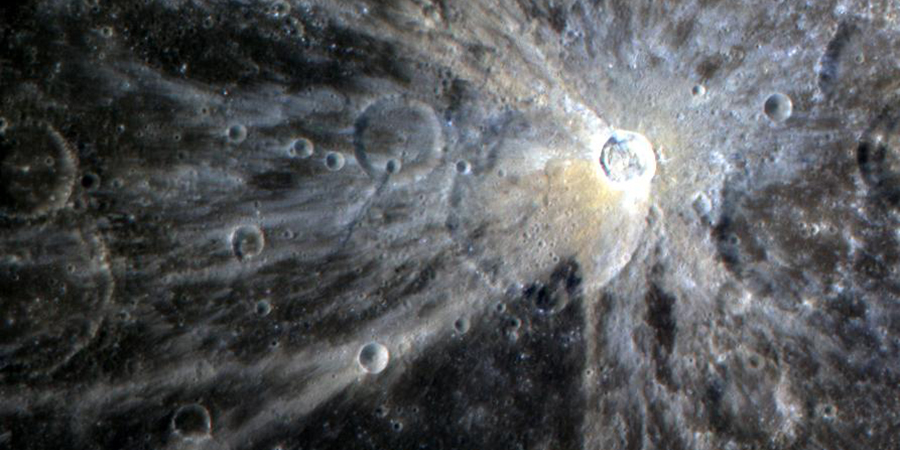
#2. Mercury has how many planetary rings orbiting it?
Only the four outer planets, Jupiter, Saturn, Uranus, and Neptune have a planetary ring system.
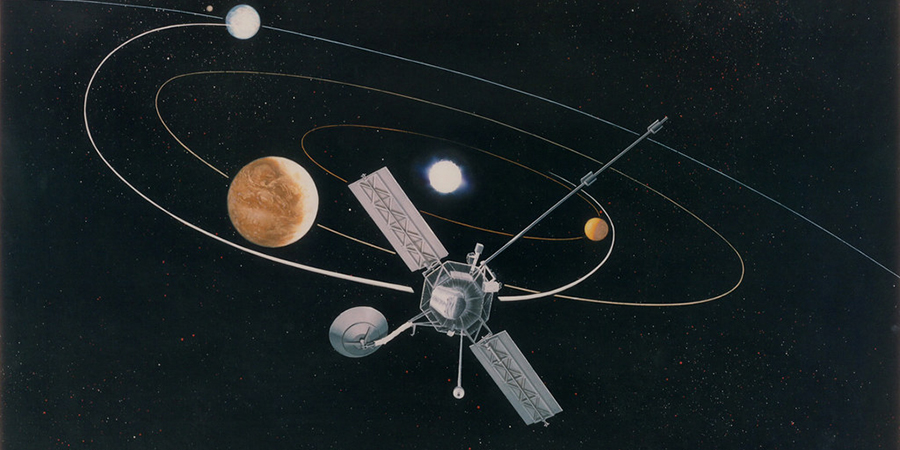
#3. What was the first spacecraft to study Mercury?
Mariner 10 studied Mercury during a flyby of the planet in 1973 giving it the distinction of the first spacecraft to study the planet. The only other spacecraft to be sent to explore Mercury was NASA’s MESSENGER mission which entered orbit of the planet in 2011 and studied the planet for four years.
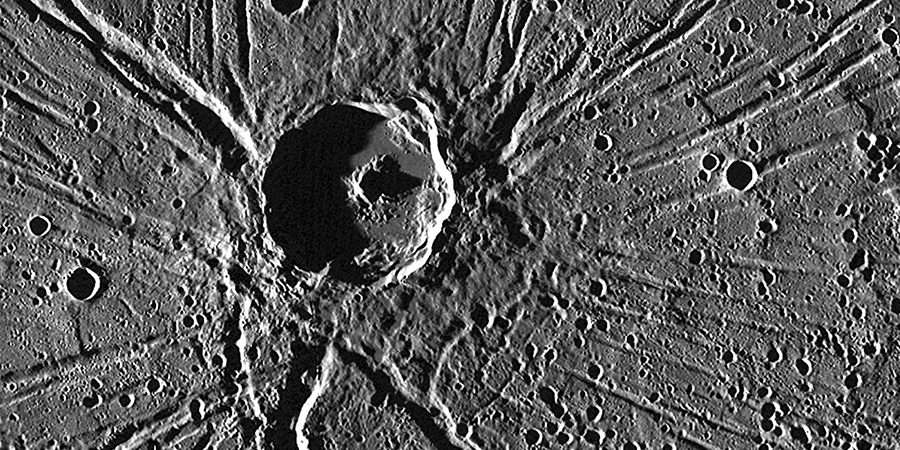
#4. What is the diameter of Mercury?
Mercury has a diameter of 4,879 km. The diameter of the Moon is just 3,475 km, followed by Mars at 6,792 km and Venus at 12,104 km.
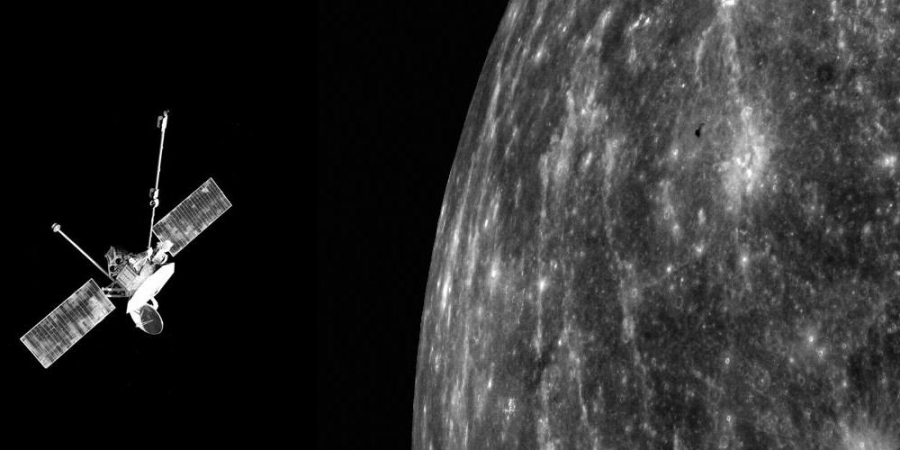
#5. What is the temperature range on the surface of Mercury?
While Mercury is the closest planet to the Sun, it is not actually the hottest planet. That distinction goes to Venus which has a near-constant surface temperature of +465°C (+870°F).

#6. Mercury is which type of planet?
Mercury has a rocky, solid composition. Astronomers estimate it is made out of 70% various metallic materials and 30% silicates and possesses a mostly-iron core.
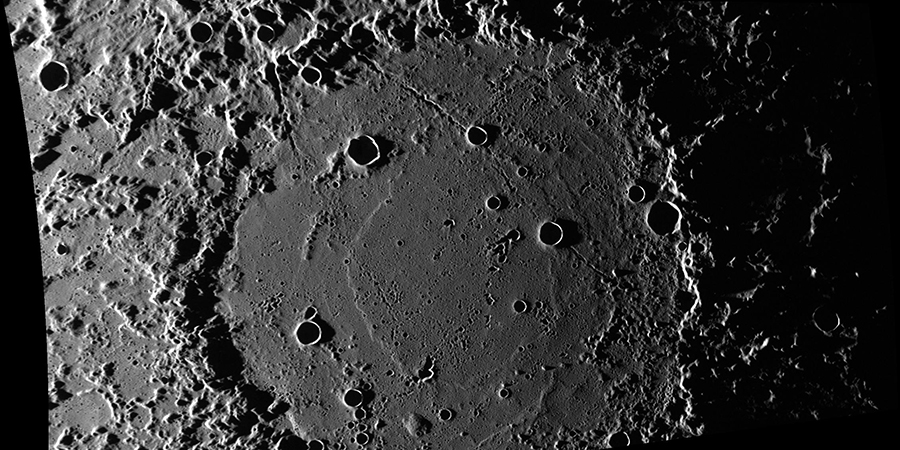
#7. The Roman god Mercury was known as the god of what?
Mercury was the Roman god of commerce and the protector of merchants, travelers, and shopkeepers. Quick on his feet due to his winged feet, Mercury also served as a messenger between the gods and mortals.
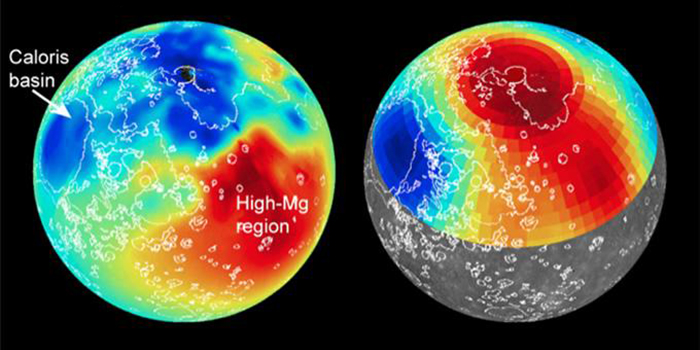
#8. The mass of Mercury is what percentage of Earth’s total mass?
Mercury has a mass of 3.30104 × 10^23 kg which is only 5.5% of the Earth’s mass (5.97219 X 10 ^24 kg).
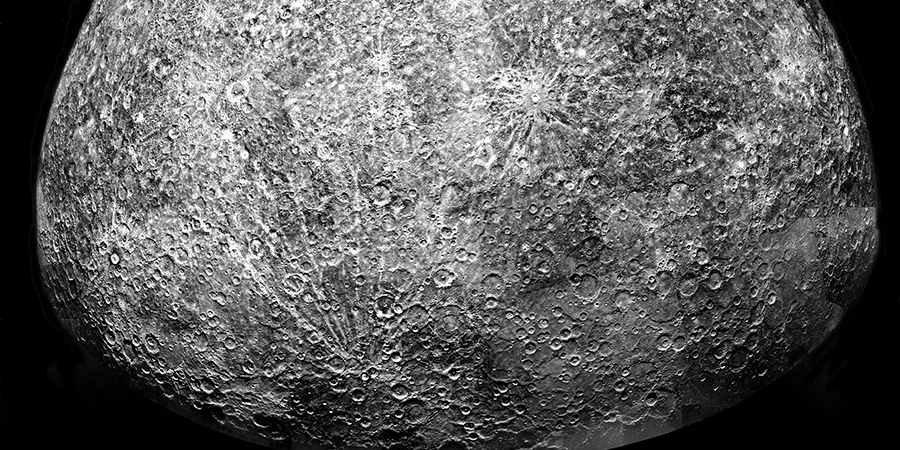
#9. In Earth days, how long does it take Mercury to complete one rotation around its axis?
Mercury rotates slowly around its axis. While one day on Mercury lasts for the equivalent of 59.7 days on Earth, the planet’s year is less than two Mercury days long as it only takes it around 88 Earth days to make a single trip around the Sun.
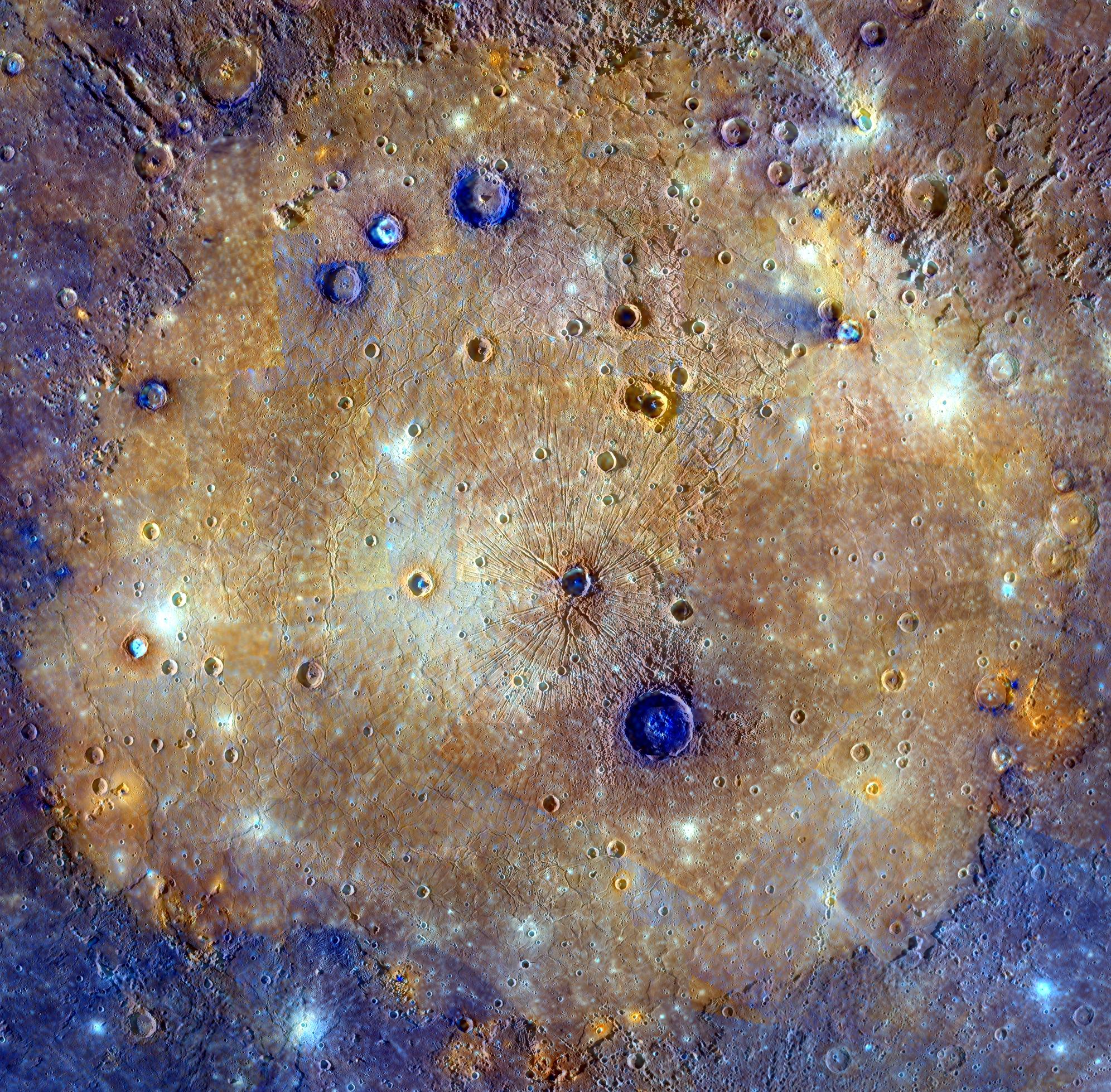
#10. The surface of Mercury is scarred by hundreds of meteor impact craters. The Caloris Basin is the largest crater. What is its diameter?
The Caloris Basin in Mercury is big enough to fit Western Europe from Portugal to Germany. Astronomers estimate the object that caused it was at least 100 km (62 miles) long.





